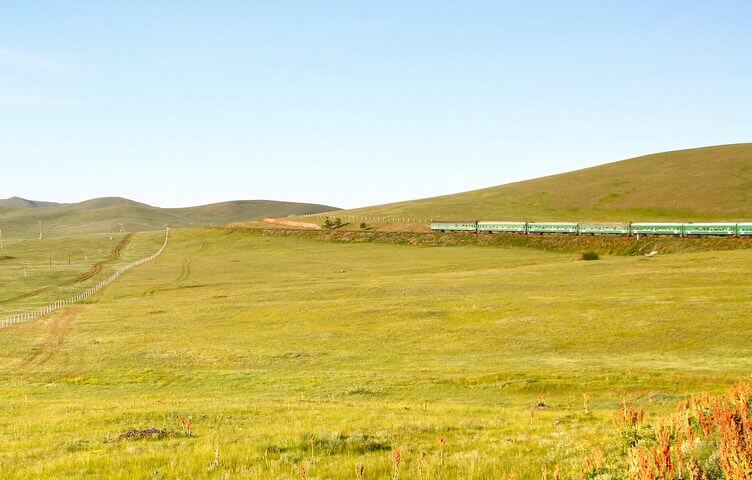
Logistics for Warehousing
May 28, 2018
Shipping for Landscaping Companies
June 1, 2018Demonstrating a Transport Chain

 We can ship to Mongolia, but we don’t normally see too high a demand for this. It’s always worth noting when new connections are made, though. New infrastructure is linking Mongolia and many areas in Northern China together. Specifically, Caofeidian Port in Hebei province has launched a new rail link that makes shipping to Northern China (and Mongolia) easier. This will help to create new transport chains in China.
We can ship to Mongolia, but we don’t normally see too high a demand for this. It’s always worth noting when new connections are made, though. New infrastructure is linking Mongolia and many areas in Northern China together. Specifically, Caofeidian Port in Hebei province has launched a new rail link that makes shipping to Northern China (and Mongolia) easier. This will help to create new transport chains in China.
Precise Cargo Handling
Caofeidian is a local port, which is technically one of three components of the larger Port of Tangshan. We like to highlight these local ports because they can reveal much about the nature of shipping. Many of your shipping needs will go to rural or remote locations. These ports help us show how transshipment hubs are utilized to continue shipping cargo in a cost-effective manner.
Of course, in the case of the Port of Tangshan, “local” is also a relative concept. One of the fastest growing ports in the world, it still serves hundreds of thousands. It might receive cargo from a number of other hubs, including a Chinese port like the nearby Tianjin, South Korean, or Japanese ports. This illustrates how transshipment works.
Transshipping Example
When shipping to Northern China, or anywhere else in the world, large cargo vessels will handle the bulk of the voyage. If they’re going to Mongolia, for instance, they might be shipped on a very large cargo vessel across the Pacific. This cuts down on costs by consolidating a great deal of cargo in one ultra-secure ship.
Only when it gets closer to its destination is that cargo split into smaller groups for smaller vessels. Such a cargo ship might make port in South Korea, delivering cargo to South Korea but also splitting up cargo destined for various Chinese ports including Tangshan. This cargo goes into different cargo ships with different “delivery” routes. This is more efficient because using smaller vessels to ship all the way across the Pacific would be more expensive and less safe. Smaller cargo vessels are used to ship closer to a precise destination.
When your cargo arrives in Tangshan, it might then be shifted to the rail line. From the rail line, it would then be shifted at a station closer to your destination. A truck would drive it to its intended destination. All this put together is called a transport chain. By breaking down legs of the journey like this, it allows you to save on expense and maintain greater safety for your cargo across its voyage.
